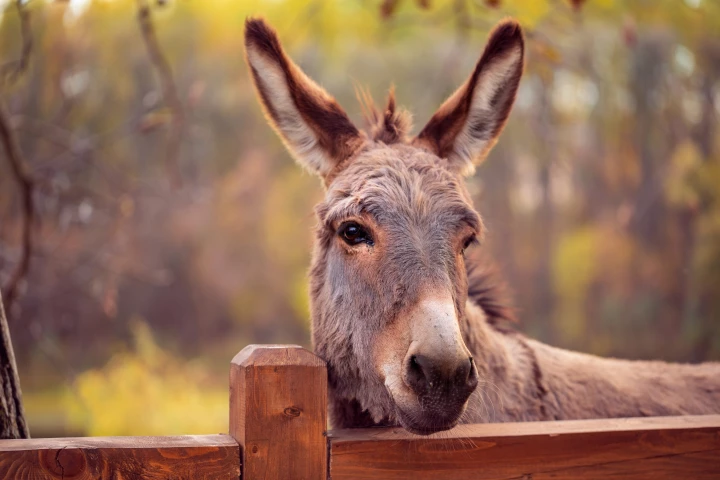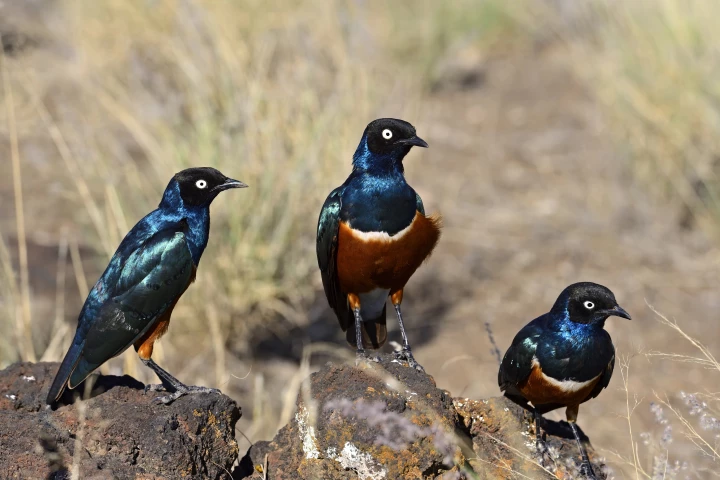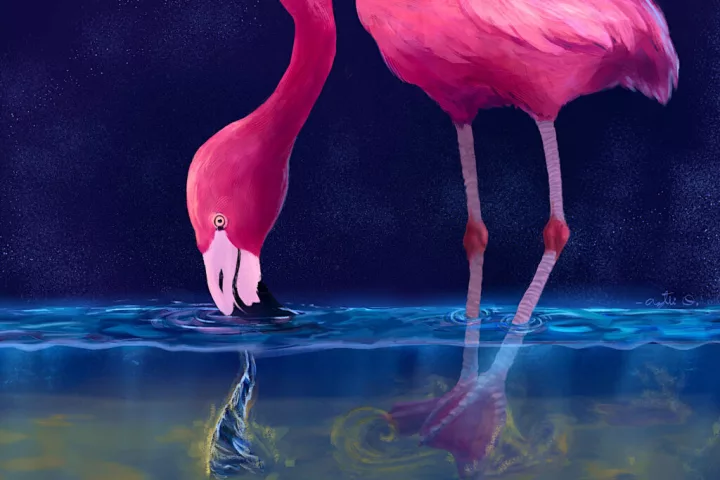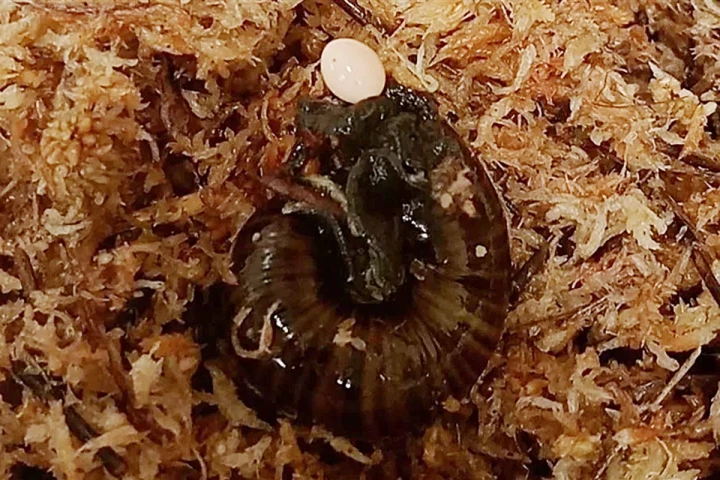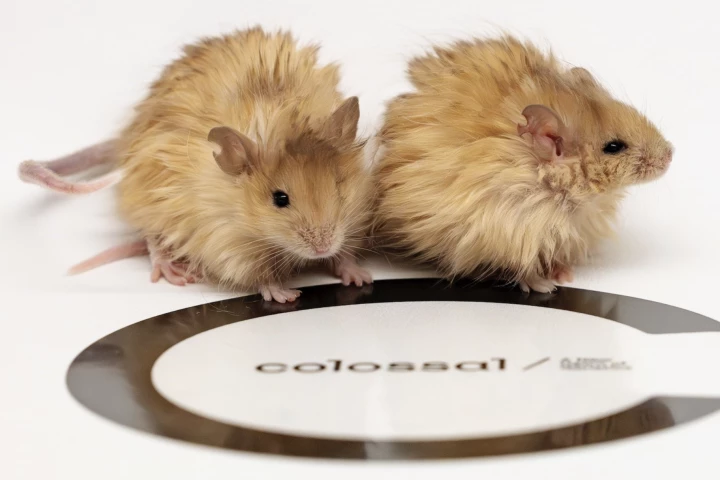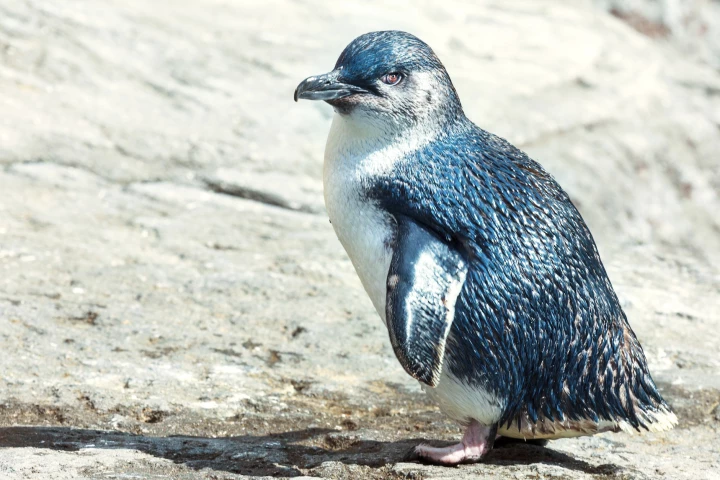Animals
-
It turns out that donkeys are exceptionally good at repelling deer ticks. Now, researchers at the University of Massachusetts Amherst have harnessed that ability to create a natural bug repellent that proved as effective as DEET at fighting the pests.
-
Why do elephants, one of the biggest animals on the planet, paradoxically experience unusually low rates of cancer? The question has led scientists to discover these remarkable mammals carry unique genetic variants that reduce their risk of tumors.
-
A new study with 20-years of field data has discovered that the African superb starling forms mixed-kin groups with up to 60 members. These findings offer some of the first direct evidence of human-like friendship behavior in animals.
-
A new study has revealed that flamingos are specialized predators, using active predatory strategies like creating water tornadoes with its beak. This is far from the prevailing view of flamingos being passive filter feeders.
-
A curious little snail that you've probably never seen before has a unique quirk: it lays eggs through an opening in its neck. You've got to see it to believe it, and thankfully, there's video.
-
Literally a century after it was first discovered, we now have footage of the colossal squid alive in its natural habit for the very first time for your viewing pleasure. In fact, you can see a juvenile transparent specimen here.
-
Zombies are real – not in the walking dead sense, but parasites that can force creatures to do things against their will. The launch of The Last of Us season 2 feels like a great time to explore some of the real-world zombie stories that inspired it.
-
Like a plot mashup of Jurassic Park meets Game of Thrones, John Hammond meets Jon Snow, scientists at Colossal Biosciences claims to have pulled off the world's first de-extinction event. It's brought back the dire wolf.
-
The quest to resurrect the woolly mammoth has taken another step forward, with the creation of the Colossal Woolly Mouse. The lab-made rodents have been genetically altered to possess key physical traits of the extinct beasts – in fur and fat, at least.
-
The winning entries for the 2025 World Nature Photography Awards are astonishingly beautiful compositions that tell dramatic tales and depict the incredible backdrops against which the lives of fascinating creatures on our planet play out.
-
A 13-year study of tiny penguins in Australia has dispelled the long-held myth that these seabirds mate for life, with the 'divorce rate' nearly 10 times that of the current statistics for US adults. And, not surprisingly, it all comes down to kids.
-
Among the important scientific discoveries made every year are some that reveal that the world is way weirder than we give it credit for. From bizarre biological quirks that cause demonic hallucinations, to sci-fi scenarios like brains piloting robots and full head transplants, here are the weirdest science stories of 2024.
Load More
